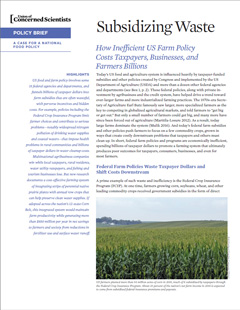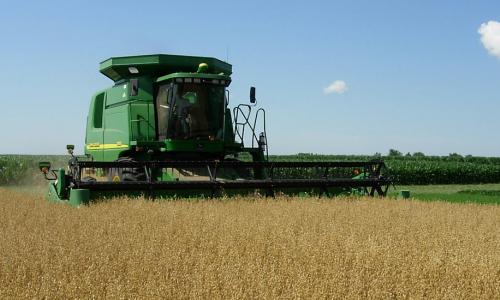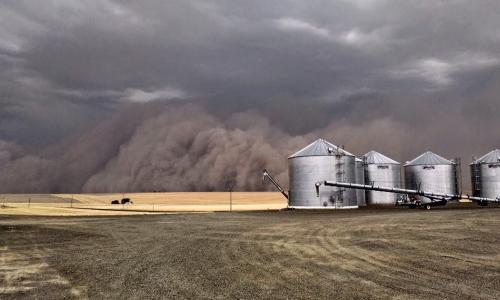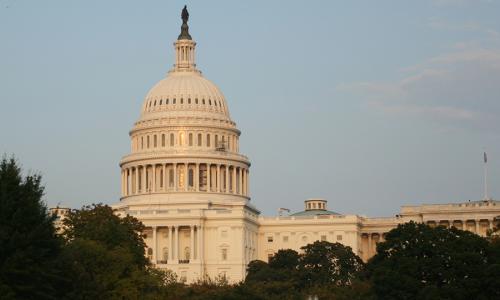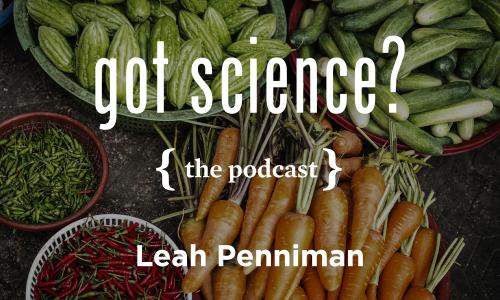The US food system is largely a product of federal agricultural policy, which is created by Congress and implemented by some 15 federal agencies and departments, often working at cross-purposes. Taxpayers spend billions of dollars each year on farm subsidies and other food-related policies.
But these direct costs are only half the story. By shaping farmers' choices, food policy produces consequences with costs of their own. For example, our current system of farm subsidies encourages farming practices that pollute downstream water supplies. The resulting damage to drinking water and to the fishing and tourism industries costs local taxpayers and businesses additional billions.
The good news, as our 2016 report Subsidizing Waste points out, is that farmers can greatly reduce fertilizer pollution by adopting innovative, science-based farming practices. And by including support for such innovative practices in a comprehensive national food policy, federal policymakers could save taxpayers, businesses, and farmers themselves a bundle of money.
A system built on perverse incentives
For decades, US farms have been growing larger, more specialized, and more focused on a few commodity crops, led by corn and soybeans. Federal food policy has helped drive this trend, particularly through its system of farm subsidies, which overwhelmingly favor commodity crop growers. These subsidies encourage farmers to keep growing more corn and soybeans even when prices for those crops plummet, as they have in recent years. Estimates for 2016 show that 25 percent of the nation's farm income is expected to come from federal crop insurance subsidies and payouts, costing taxpayers $13.9 billion.Many observers have argued that these subsidies should be reduced or eliminated altogether, since they encourage decisions that may have poor consequences for the environment and society as a whole. One example: downstream water pollution from fertilizer runoff.
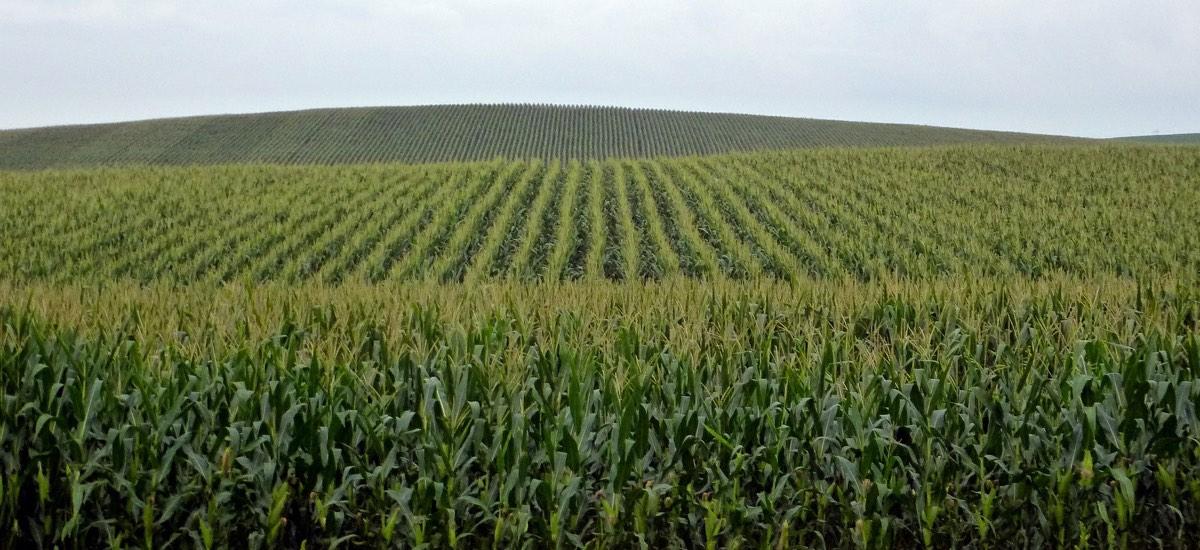
The runoff and the damage done
Two common Corn Belt farming practices contribute to the fertilizer pollution problem: farmers often apply more fertilizer than their crops can use, and they often leave their soil bare for much of the year. These practices combine to facilitate fertilizer runoff, with a whole suite of harmful downstream impacts. A recent study estimated the national price tag for fertilizer pollution at $157 billion a year—more than double the value of the entire 2011 US corn harvest.
Subsidizing Waste highlights four types of fertilizer pollution cost:
- Costs of treating private drinking water wells. According to one study, this cost was $1.12 billion between 1991 and 2004.
- Public water treatment costs. According to the USDA, the cost of removing nitrates from agricultural sources is about $1.7 billion per year.
- Costs to local fishing and tourism industries. The cost to fisheries has been estimated at over $100 million per year, and the cost to tourism at close to $1 billion.
- Additional health costs. A recent study estimated an additional respiratory disease treatment cost of $23.10 for each kilogram of nitrogen used in the US.
Two US cities have recently made headlines because of fertilizer pollution impacts. In Des Moines, Iowa, the public water utility filed suit in 2015 against three agricultural counties for damages resulting from nitrogen pollution. And Toledo, Ohio, had to warn residents not to drink or cook with municipal tap water in August 2014, thanks to dangerous levels of cyanobacteria resulting from phosphorus (another fertilizer component). Both cities needed to install costly treatment systems to remove agricultural pollutants from municipal water.

There has to be a better way—and there is
The fertilizer pollution problem is not primarily the fault of farmers, and we can't solve it by simply telling farmers to use less fertilizer. Instead, we need to shift policy priorities to support new and better approaches to farming.
One such approach is being developed at Iowa State University, where researchers have shown that "prairie strips"—narrow strips of native perennial plants integrated into crop fields—could go a long way toward reducing the nitrogen pollution impact of Iowa agriculture.
The researchers found that by planting prairie strips on just 10 percent of farmland, farmers could reduce nitrogen loss in rivers and streams by 85 percent, phosphorus loss by 90 percent, and sedimentation by 95 percent. Prairie strips can even rebuild soil on degraded areas of a farm, eventually making those areas profitable again.
Our analysis looked at the economic impact of two scenarios: one in which prairie strips were planted on 10 percent of farmland only in Iowa, and another in which they were planted across the entire Corn Belt. In both scenarios, the savings to taxpayers, farmers, and businesses far outweighed the costs. In the Corn Belt scenario, net annual savings could top $850 million.
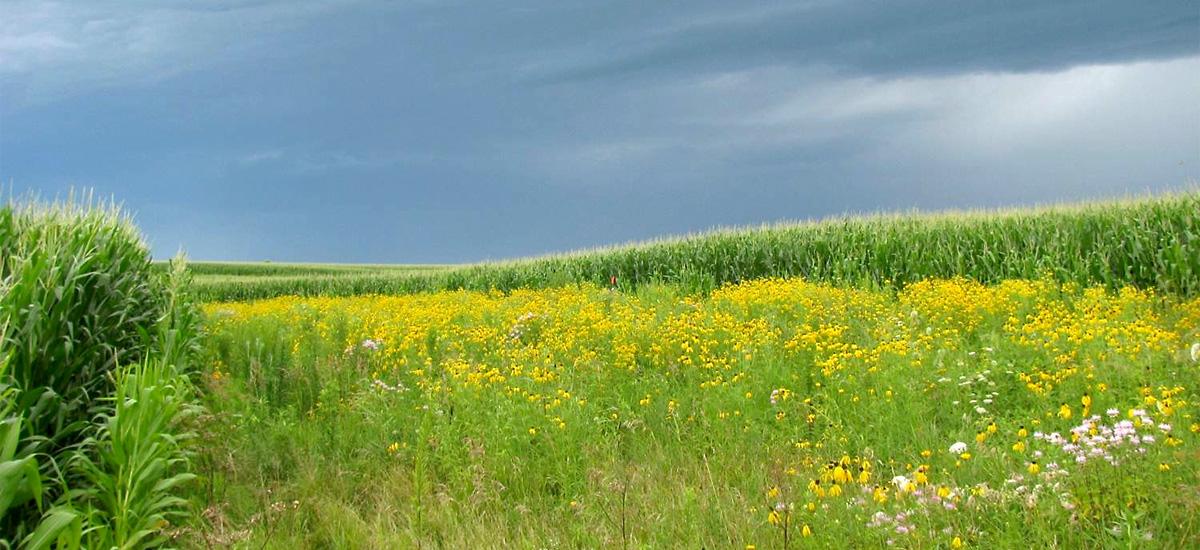
Recommendations
As our analysis of potential prairie strip benefits shows, smarter policy choices could make US agriculture less costly both for the public and for farmers. Here are some things Congress and our next president can do to make that happen:
- Reduce federal crop insurance premium subsidies that drive over-reliance on corn, soybeans, wheat and other annual commodity crops.
- Increasing funding and technical assistance to encourage on-farm conservation practices, and make their adoption a condition for receiving federal farm subsidies. This involves increasing funding for existing conservation systems, improving enforcement of conservation compliance, and facilitating adoption of innovative systems (like prairie strips) through USDA conservation programs.
- Adopt a comprehensive national food and farm policy that incorporates the above recommendations.
